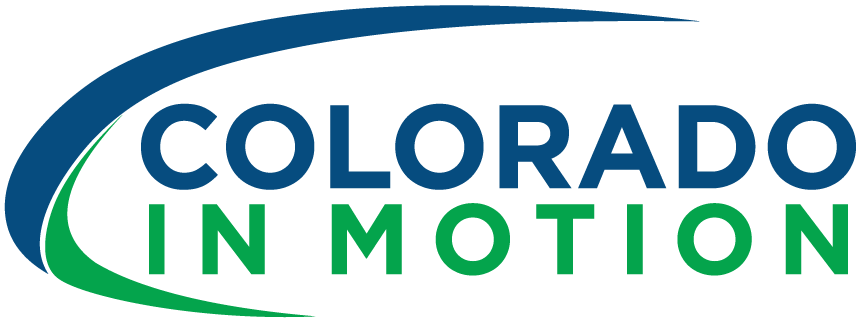In this conclusion of our introduction series to speed training, we are going to cover my top three exercises that every runner/ sprinter should be doing. These exercises are specifically chosen for their benefits for helping you maximize your speed training! While these exercises alone will help to improve performance, I suggest reviewing both part-1, where I discussed the importance of speed training for all runners, and part-2, where I discussed how to incorporate speed training into your routine to maximize your performance!
In part-1, I reviewed how coaches break down the phases of sprinting. As a reminder, the three phases are acceleration, top end speed and speed endurance. Hip thrusts have been found to be one of the best exercises to improve the acceleration phase. The hip thrust also has the added benefit of maximizing glute engagement. Compared to other popular hip exercises such as the squat or deadlift, hip thrusts have the advantage of constant load being applied to the glutes. In the squat and deadlift, the glutes get to rest each time you complete a repetition.
To specifically develop top end speed, we need to shift emphasis away from horizontally directed exercises such as the hip thrust and incorporate more vertically driven power exercises. My top exercise for this is the jump squat. Jump squats are a demanding exercise and I suggest starting with the basics. In order of difficulty, we have the jump squat, counter movement jump, and then the loaded jump squat. Initially, perform each jump as an individual event, as your body gets stronger you can begin chaining jumps together. The reason for this progression has to do with the stretch-shortening cycle. A quick change in direction will elicit maximal power production, but it is also very stressful for the body. Without proper preparation, excessive fatigue and muscle strains are common.
My last exercise for runners and sprinters is the lateral step up. This may seem like a basic exercise, but I have modifications for it that will specifically target the weaknesses we often see in runners. To begin with, I advise my runners to progress to tall boxes! The goal height should be somewhere between knee height and mid-thigh. This taller box will force your legs to get stronger through wider ranges of motion and will help promote greater glute engagement. Next, I suggest loading this exercise by holding weight on the side of the body that is hanging off the box. This unilateral load will promote greater core engagement and make the glute med work even harder! Lastly, focus on exploding up through the box with each lift.
For a summary and example of these three exercises, check out the videos below! And remember, all runners will benefit from speed work and from power focused lifting!
Josh Munter is a physical therapist intern at Colorado In Motion
https://www.youtube.com/watch?v=C5NJTL9QHco
